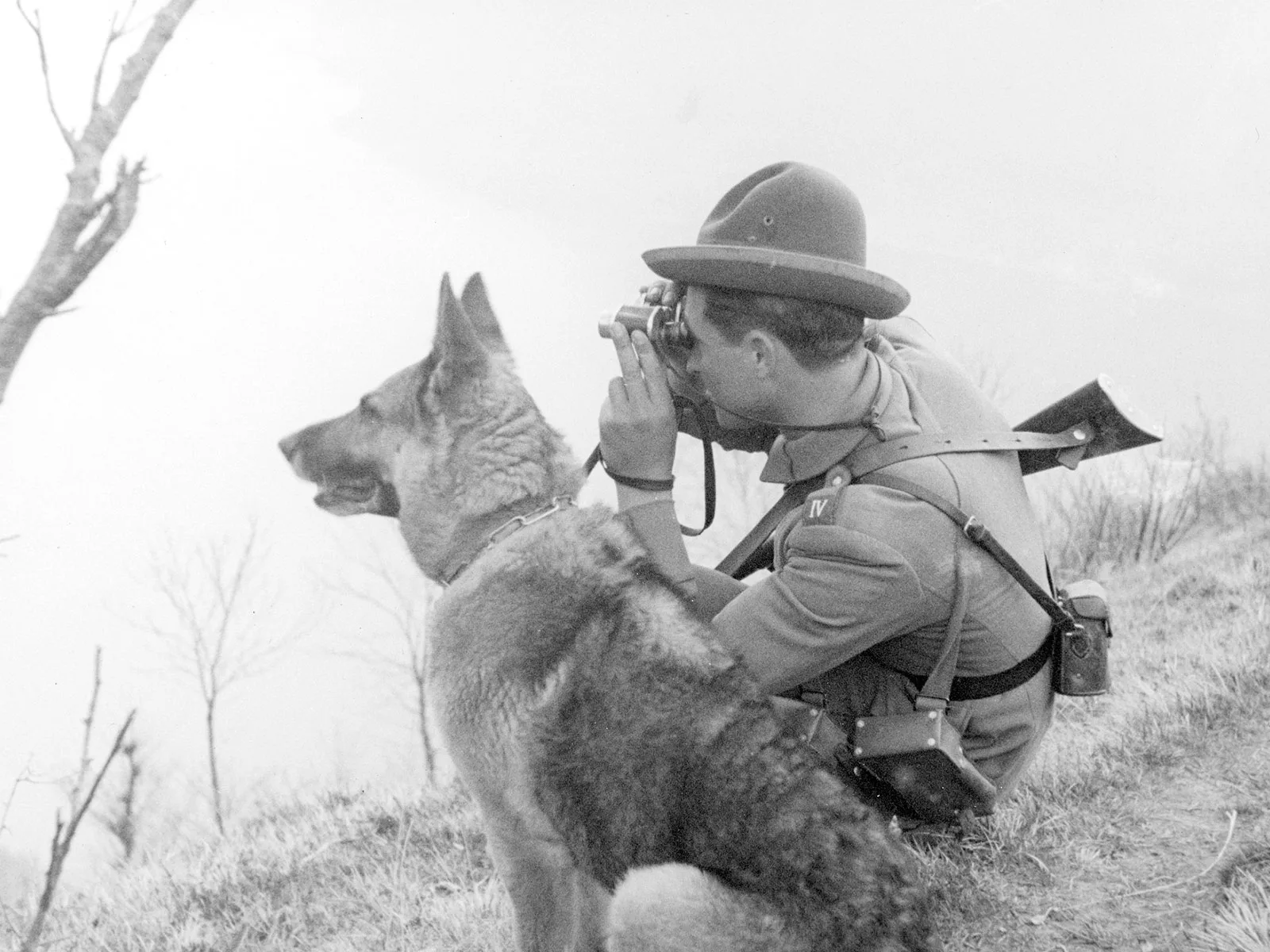
Escape to Switzerland
Smuggling activity at Switzerland’s southern border increased again in summer 1943. In addition to goods, more and more refugees were smuggled into Switzerland.
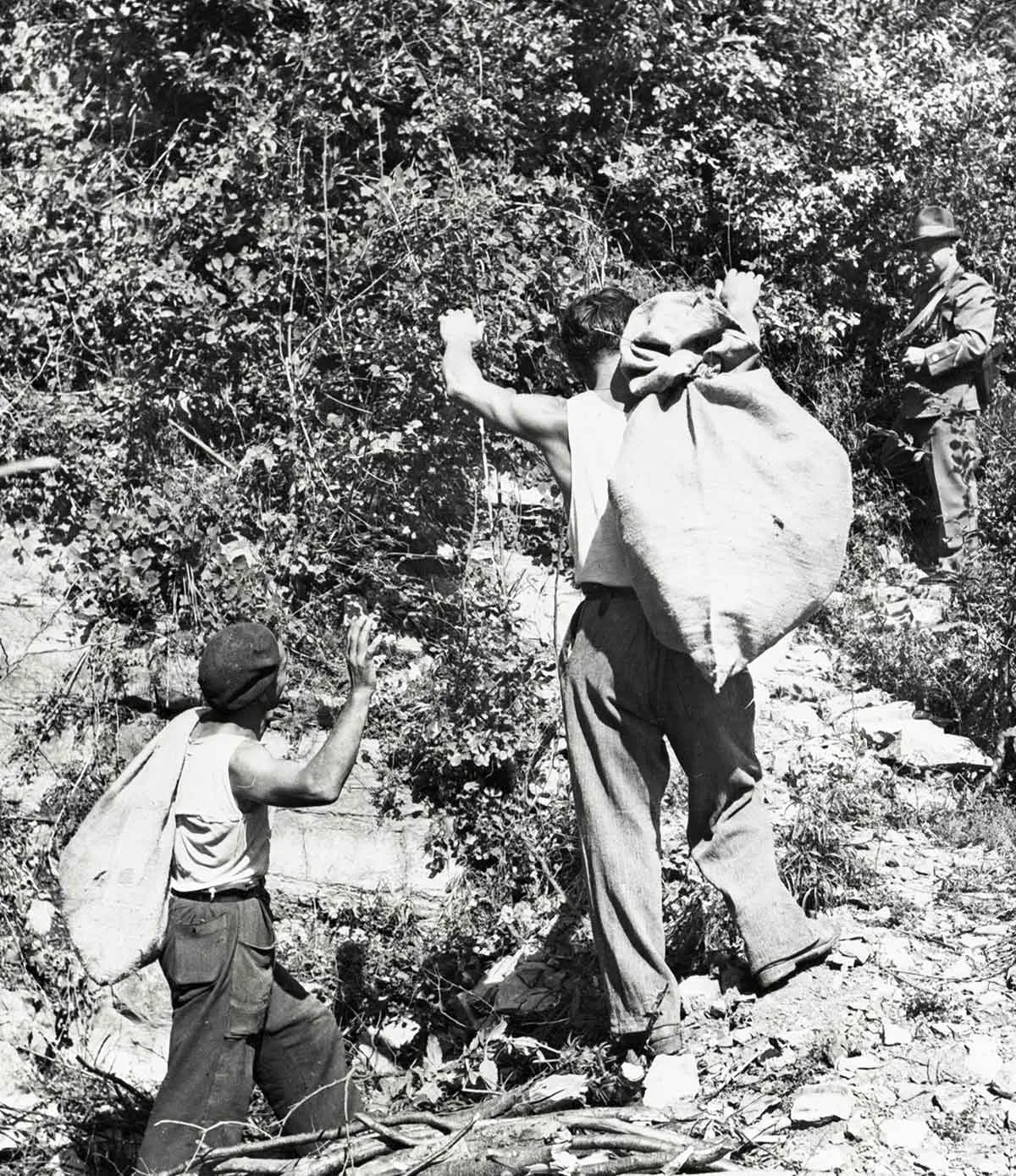
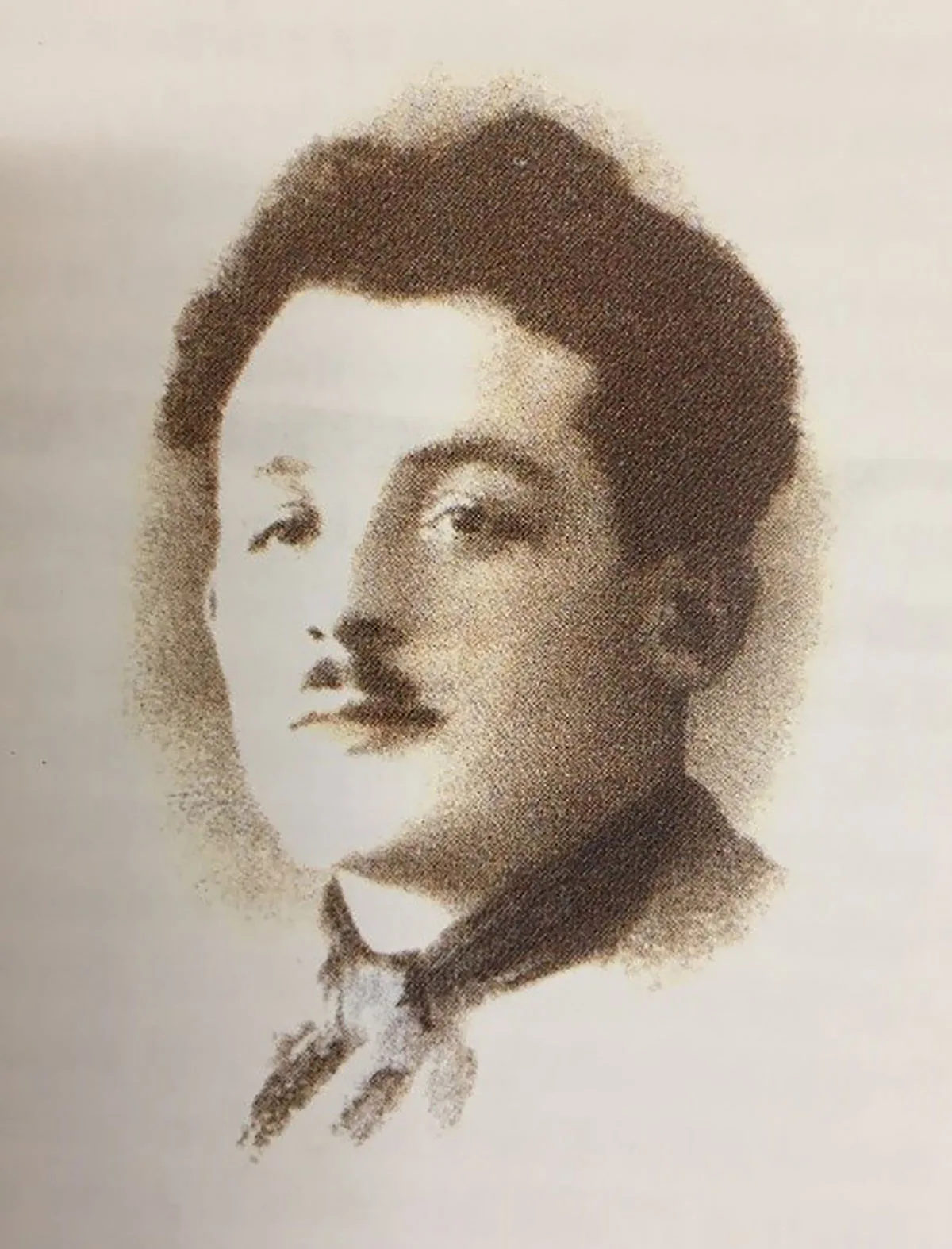
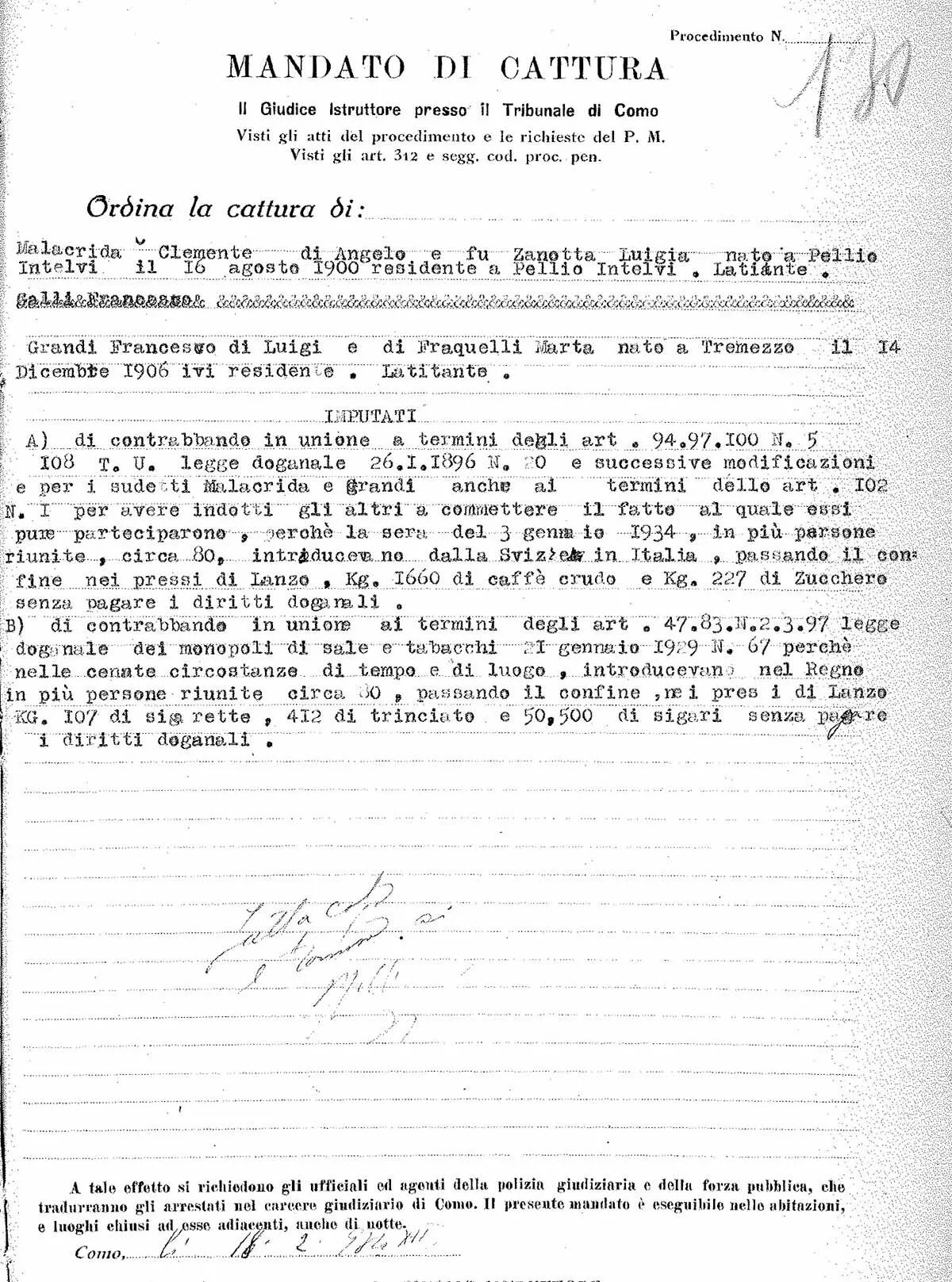
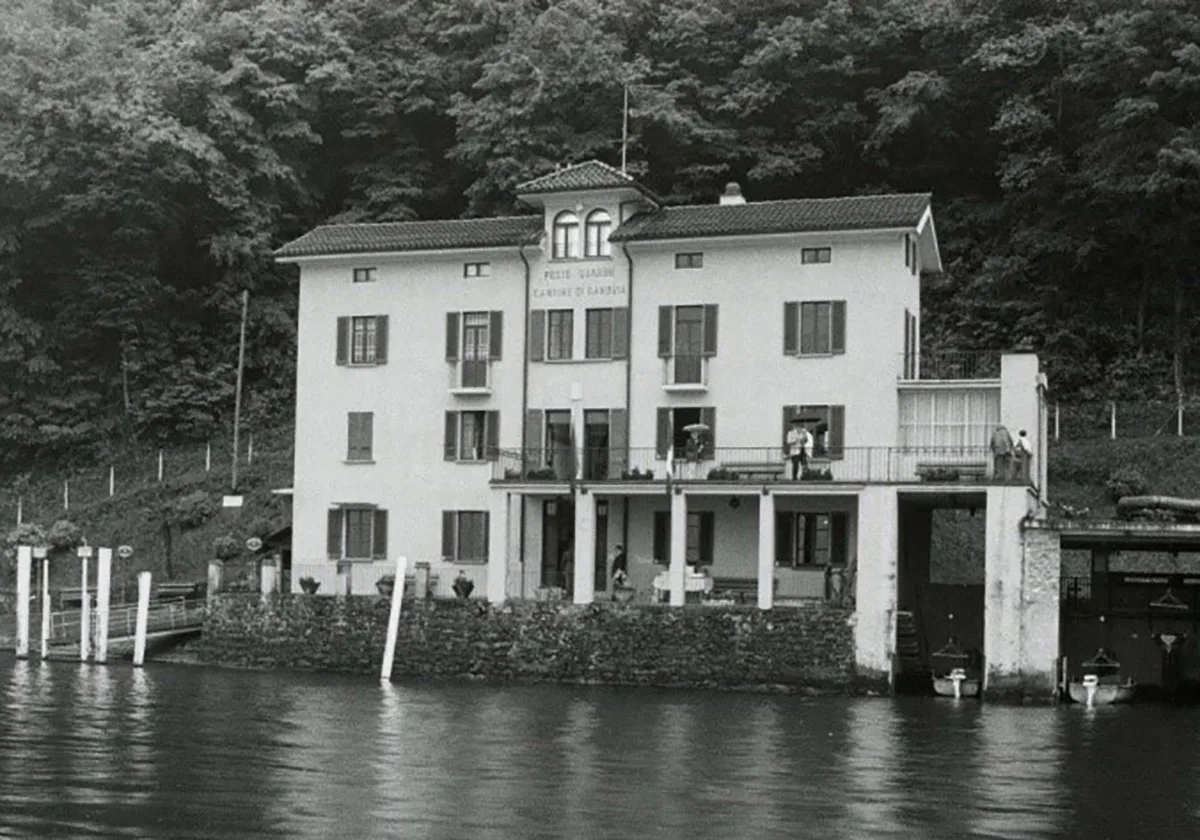

Countess of fashion
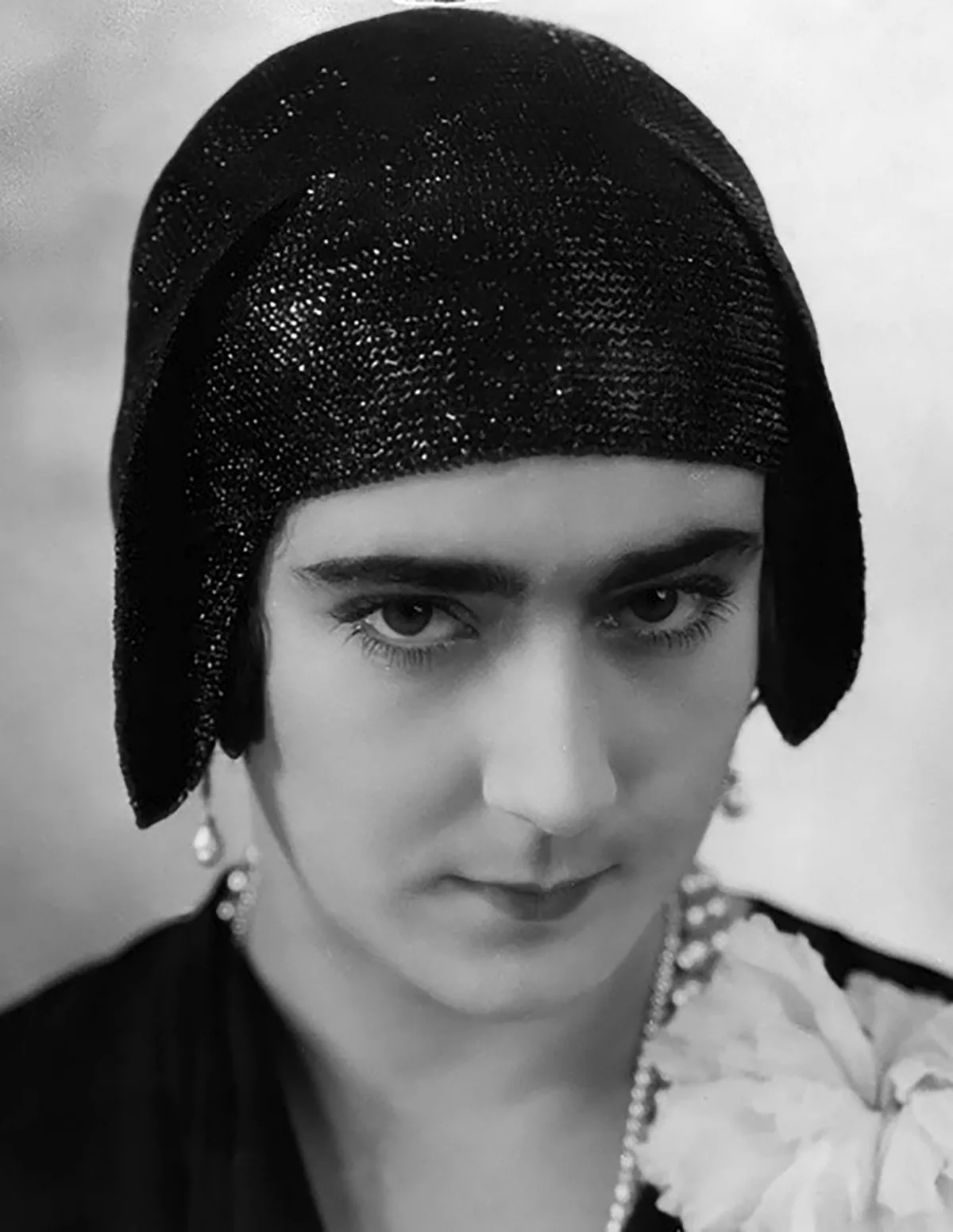

Smuggling activity at Switzerland’s southern border increased again in summer 1943. In addition to goods, more and more refugees were smuggled into Switzerland.





